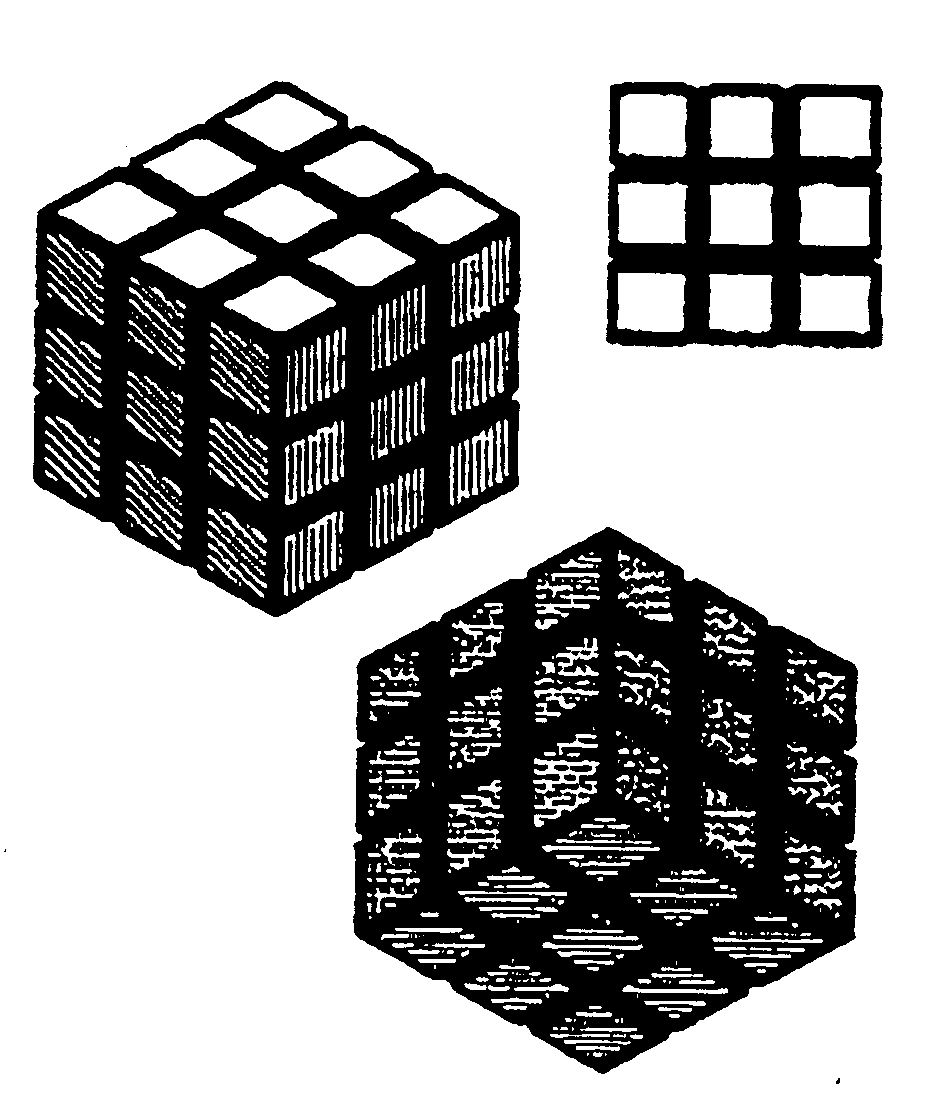
The battle for Rubik´s cube: Simba might be making a comeback
There has been another round in the legal arena for Rubik´s cube, and this one might be a sign of a shift of powers. So far, all EUIPO´s and EGC´s decision were in favor of protecting the cube, but after the Advocate General´s unfavorable opinion towards this practice, it seems plausible that the European Court of Justice might agree with him.

Background of the case
The British company Seven Towns and German manufacturer Simba Toys have been disputing since 1996 whether the frustrating-yet-beloved Rubik´s cube is eligible for trademark protection. More precisely, is the three-dimensional shape of the cube (EUTM no. 162784) eligible for patent registration solely or for 3D trademark registration. Simba argued that the shape was a technical solution and purely functional. The Cancellation Division, Board of Appeal and the General Court of the European Union (the EGC) all agreed this claim was not true. The EGC (case T‑450/09) stated that the graphical representation of the shape of the cube and its grid structure did not imply any technical solutions. The background behind the rotation of the cube is not important for trademark protection. One might think this ruling was “game over” for Simba, but after appealing to the CJEU, Simba´s position just might be changing.
For a more detailed summary of the case, please visit our previous blog post.
Opinion of the Advocate General and future actions
The case (C-30/15 P) is yet to be decided by the CJEU. However, AG Szpunar handed in his opinion on 25 May 2016. He states that EGC´s line of thinking about the link between functionality and the graphic representation of a trademark might harm the public interest. Also, when it comes to protecting a shape mark, a broader picture should be observed and other factors taken into consideration. The AG backed his claims with previous case law, namely Pi Design (Case T-416/10) and Lego (Case C-48/09). The AG is of the opinion that the rotation of the grid is the epitome of its function, and that, beyond that, the cube has no decorative elements. Therefore, the decision of the EGC ought to be reconsidered. The final teaser AG Szpunar gave was that the CJEU has already disregarded EGC´s theory on restriction of functionality analysis just to the trademark´s graphic representation. It is yet to be seen if this really was an indication of CJEU´s line of thought.
Related
- "Neuschwanstein" is not a trademark!
- 1 December 2017: Madrid Monitor takes its place as the one and only tool for tracking international trademarks
- 1 January 2020 - Changes in Classifications - Trademarks, Designs, Patents and Utility Models
- 100th Anniversary of Bavaria (Germany) - A glance at trademarks, start-ups, innovation & events
- 10th Anniversary Edition - 10 Things to Know about LexDellmeier - Past, Present & Future
- 14 June 2013: Munich Patent Law Conference - Calculating Damages in Patent Infringement Cases
- 15 Top Brands - Interactive Brand Rating - Years 2000 - 2018
- 15 Years LexDellmeier - 2024 New Year Wishes
- 2014: Statistics for Community Trademarks
- 2024 World IP Day - Building Our Common Future with Innovation and Creativity
